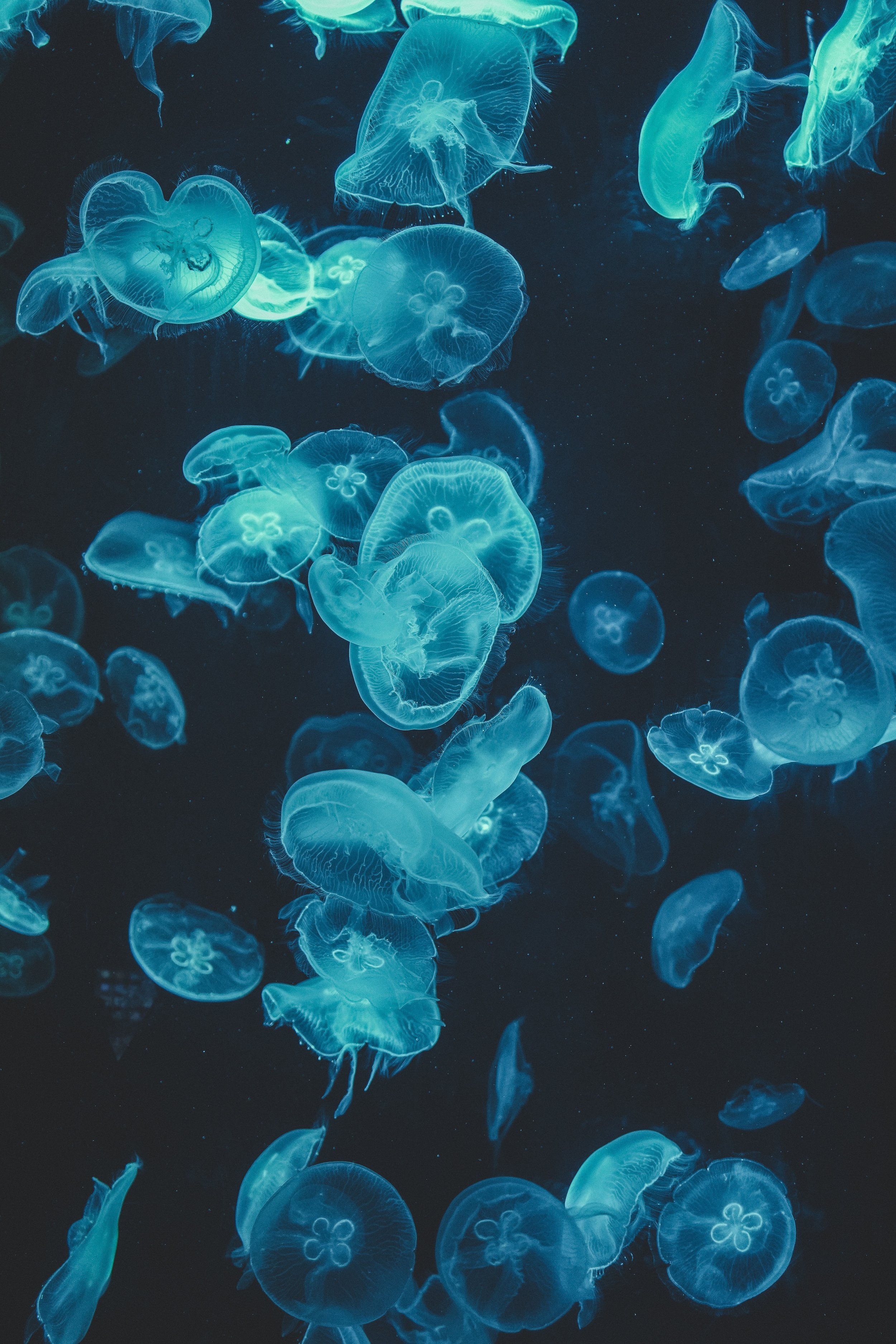
Unit 45: Thermal Radiation
Practice Problems

Note: problem difficulty is ranked using a star system.
(*) One-star problems are fundamental to the unit, and can be done relatively quickly. Use these problems to introduce yourself to the material.
(**) Two-star problems are more difficult, and require an understanding of one or two key concepts. Use these problems to test your understanding of the material.
(***) Three-star problems are the most difficult, and require some creative thinking in addition to a deep familiarity with multiple key concepts. Use these problems to challenge yourself; if you can complete one of these, you’re on your way to mastering the material.
*Q45.1) A 200°C metal sphere of radius 1m is immersed in 10°C air.
a) What’s the intensity of the sphere’s radiation?
b) What’s the intensity of the air’s radiation?
c) What’s the net rate at which heat is transferred from the sphere to the air via radiation?
*Q45.2) Calculate the wavelength of maximum emittance for the following things:
a) The Sun (surface temperature 5 499°C)
b) A human (surface temperature 30°C)
c) Molten lava (1000°C)
**Q45.3) Consider a human exposed to still 0°C air. The minimum metabolic rate required for them to maintain a surface body temperature of 30°C is 220 W. What’s their surface area?
***Q45.4) The rate at which an animal generates heat is proportional to its volume, while the rate at which it radiates heat to its surroundings is proportional to its surface area. For any animal, we can define a heat loss coefficient (C) as the ratio of the rate at which it loses heat to its surroundings to the rate at which it generates heat through metabolic processes. Consider a pair of wooly mammoths (an adult and a baby) with the adult having 27-times the body mass of the baby. What’s the ratio of the heat loss coefficient for the adult mammoth to that of the baby mammoth? In cold conditions, is it biologically advantageous to be larger or smaller?
